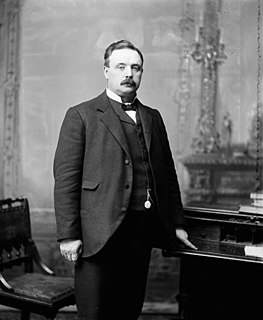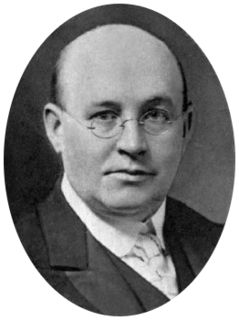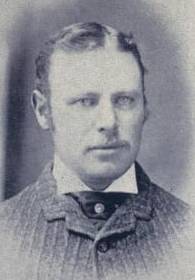This article does not cite any sources .(December 2009) (Learn how and when to remove this template message) |
Manitoba's general election of July 11, 1910 was held to elect members of the Legislative Assembly of the Province of Manitoba, Canada.

The Legislative Assembly of Manitoba and the Queen of Canada in Right of Manitoba, represented by the Lieutenant Governor of Manitoba form the legislature of the Canadian province of Manitoba. Fifty-seven members are elected to this assembly in provincial general elections, all in single-member constituencies with first-past-the-post voting. The Manitoba Legislative Building is located in central Winnipeg, at the meeting point of the Wolseley and Fort Rouge constituencies.

Manitoba is a province at the longitudinal centre of Canada. It is often considered one of the three prairie provinces and is Canada's fifth-most populous province with its estimated 1.3 million people. Manitoba covers 649,950 square kilometres (250,900 sq mi) with a widely varied landscape, stretching from the northern oceanic coastline to the southern border with the United States. The province is bordered by the provinces of Ontario to the east and Saskatchewan to the west, the territories of Nunavut to the north, and Northwest Territories to the northwest, and the U.S. states of North Dakota and Minnesota to the south.

Canada is a country in the northern part of North America. Its ten provinces and three territories extend from the Atlantic to the Pacific and northward into the Arctic Ocean, covering 9.98 million square kilometres, making it the world's second-largest country by total area. Canada's southern border with the United States is the world's longest bi-national land border. Its capital is Ottawa, and its three largest metropolitan areas are Toronto, Montreal, and Vancouver. As a whole, Canada is sparsely populated, the majority of its land area being dominated by forest and tundra. Consequently, its population is highly urbanized, with over 80 percent of its inhabitants concentrated in large and medium-sized cities, with 70% of citizens residing within 100 kilometres of the US border. Canada's climate varies widely across its vast area, ranging from arctic weather in the north, to hot summers in the southern regions, with four distinct seasons.
Contents
The result was a fourth consecutive majority government for the Conservative Party of Manitoba, led by premier Rodmond Roblin. Roblin's electoral machine won 28 seats, against 13 for the opposition Manitoba Liberal Party under new leader Tobias Norris.
The Progressive Conservative Party of Manitoba is a right-of-centre political party in Manitoba, Canada and the only right-leaning party in the province. It is currently the governing party in the Legislative Assembly of Manitoba, after winning a substantial majority in the 2016 provincial election.

The Premier of Manitoba is the first minister for the Canadian province of Manitoba. The premier is the province's head of government and de facto chief executive. In formal terms, the premier receives a commission to form a government from the Lieutenant Governor of Manitoba, who represents the monarch at the provincial level.

Sir Rodmond Palen Roblin, was a businessman and politician in Manitoba, Canada.
The Manitoba Labour Party ran a single candidate: Fred Dixon, who was almost elected in Winnipeg Centre with unofficial support from the Liberal Party. Many believe [ who? ] that Dixon was defeated by the Socialist Party's decision to field a candidate against him. The Socialists ran two other candidates in Winnipeg, and both were defeated.
The Manitoba Labour Party (MLP) was a reformist, non-Marxist labour party in Manitoba, Canada. It was created in early May 1910 as a successor to the province's second Independent Labour Party (1906–08). Former Member of Parliament Arthur Puttee was a leading MLP organizer. The party fielded one candidate in the 1910 provincial election, and also ran candidates at the municipal level.
Frederick John "Fred" Dixon was a Manitoba politician, and was for several years the dominant figure in the province's mainstream labour and Georgist movements.






